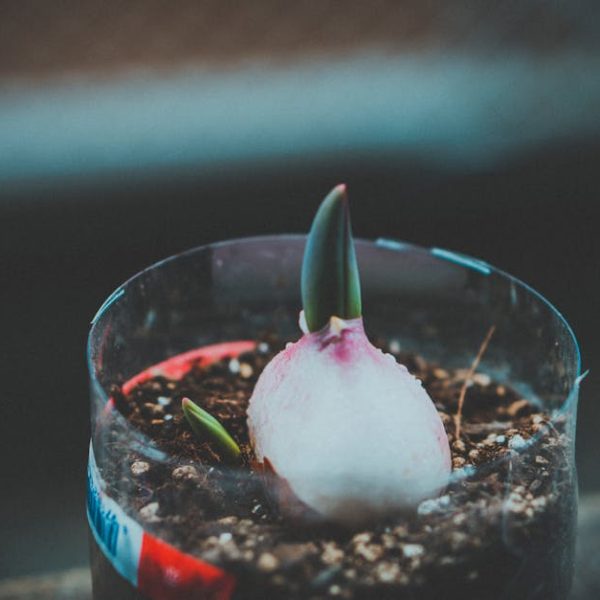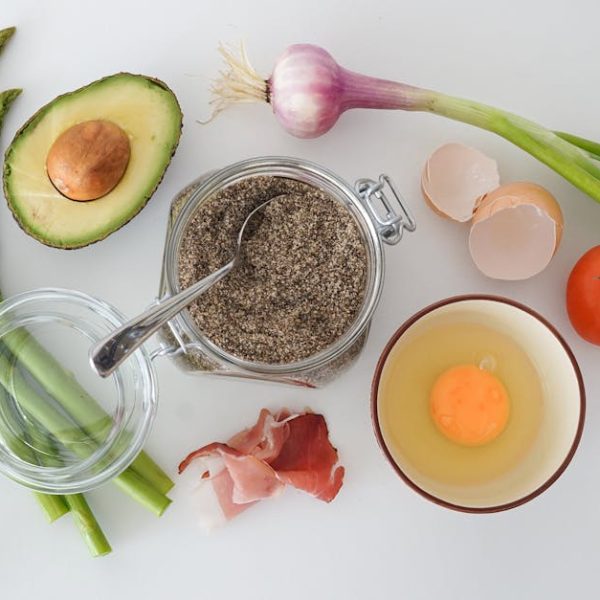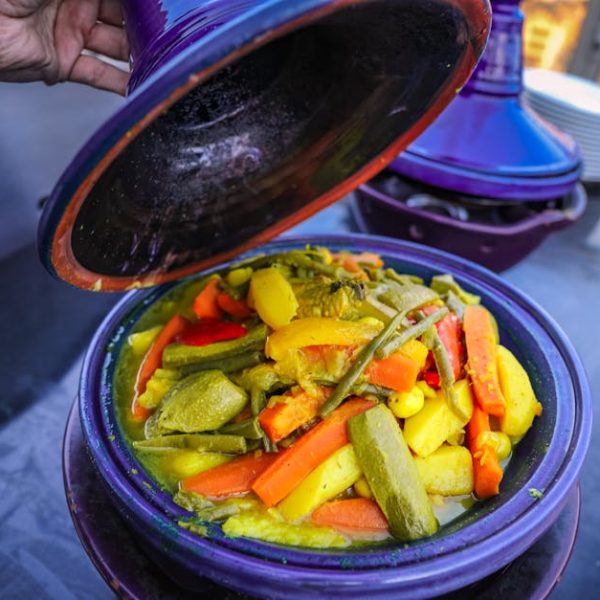When it comes to freezing sweet potatoes, it’s important to proceed through correct stages, which can make a significant difference concerning the preservation of their taste, texture, and nutritional value. Here’s how you should go about it.
Selecting and Preparing Sweet Potatoes for Freezing
Just as with any produce, choosing the right sweet potatoes to freeze is paramount. Aim for unbruised, firm, and well-shaped sweet potatoes — these will yield the best results once frozen and then thawed.
Before you toss them into the freezer, they need a proper clean. Use a vegetable brush to get rid of any debris or dirt. Once clean, peel off the skin if you prefer, in case you want the potatoes ready to cook at a moment’s notice later on.
For freezing sweet potatoes, slicing them in a uniform size guarantees even freezing and thawing. Remember:
– **Tip:** Using a vegetable brush delivers thorough cleaning.
– **Tip:** Slice the potatoes into uniform sizes to ensure that they all freeze evenly.
Blanching Sweet Potatoes Prior to Freezing
Blanching is a crucial procedure when freezing sweet potatoes for several reasons. It helps preserve the color, texture, and taste of the sweet potato, ensuring it still tastes fresh and delicious even after being in the freezer for a while.
The blanching process is straightforward — firstly, you boil the sweet potatoes, then plunge them into cold water to halt the cooking process. It’s essential to keep the blanching time concise, as overdoing it may result in a mushy texture upon thawing.
– **Pro tip**: Be careful not to over-blanch as it can potentially compromise the texture of your sweet potatoes.
Proper Packaging for Freezing Sweet Potatoes
Storing your blanched sweet potatoes in the right packaging helps maintain the quality during freezing. Suitable choices include freezer bags, vacuum-seal bags, or airtight containers. Ensuring that all air has been expelled from the bags or containers aids in preventing freezer burn and contributes to preserving the potatoes’ freshness.
Being organized pays off — even in freezing! Be sure to label your packages with their content and the date they were frozen. This will help you manage your frozen inventory better.
– **Best practice:** Labels are your friends! Use them to keep track of your freezer content.
This first part of the article has emphasized choosing the right sweet potatoes, preparing them correctly, blanching to preserve their natural qualities, and storing them in proper packaging. Up next, we will delve into the freezing process and methods of defrosting sweet potatoes without compromising their quality. Stay tuned.
Correct Freezing and Defrosting Methods
Now that your sweet potatoes are properly prepared and packaged, it’s time to freeze them. The key to ideal freezing is to do it as quickly as possible after packaging. Storing them at a constant 0° F will ensure their quality until you’re ready to enjoy them.
Defrosting is also of utmost importance. If done incorrectly, it could compromise the quality of your sweet potatoes. Thawing them safely in the refrigerator is the best way to avoid bacteria growth.
– **Pro tip**: To maintain the texture and taste, always thaw your frozen sweet potatoes in the refrigerator.
Utilizing Frozen Sweet Potatoes in Recipes
With your sweet potatoes successfully frozen, it’s time to savor them in various culinary delights. They can be a rich addition to casseroles, purees, soups, pies, and more. Certain recipes might require you to thaw your sweet potatoes before use, while others may not.
Although frozen sweet potatoes are convenient, it’s important to note the difference when compared to fresh versions in recipes:
| Fresh Sweet Potatoes | Frozen Sweet Potatoes | |
|---|---|---|
| Taste | Slightly sweet and creamy. | Retains a sweet, hearty flavor but might lose a bit of natural sweetness. |
| Texture | Firm and crisp when cooked correctly. | May become slightly softer after freezing and thawing. |
– Checklist for using frozen sweet potatoes in recipes:
– ☐ Check the recipe’s requirement: Does it call for thawed or frozen sweet potatoes?
– ☐ Thaw your sweet potatoes safely in the refrigerator, if demanded by the recipe.
– ☐ Adjust the cooking time: Frozen sweet potatoes might need longer cooking time compared to the fresh ones.
– ☐ Experiment and modify: Don’t be afraid to adjust the amounts of other ingredients, like sugar or spices, if you find the taste differs when you use frozen sweet potatoes.
And there you have it — a comprehensive guide on how to successfully freeze sweet potatoes, from selection, preparation, and freezing techniques, to defrosting and utilizing them in various recipes. Happy cooking!
Key Takeaway:
- Select firm, unbruised, and well-shaped sweet potatoes for freezing.
- Properly clean, peel, and slice the sweet potatoes in uniform sizes.
- Blanch the sweet potatoes before freezing to preserve color, texture, and taste.
- Correct packaging and eliminating air is crucial for maintaining freshness and preventing freezer burn.
- Quicken the freezing process after blanching and packaging to preserve the quality.
- Defrost sweet potatoes in the refrigerator to prevent bacteria growth.
- Utilize frozen sweet potatoes in various recipes, but consider the changes in taste and texture when compared to fresh ones.
The process of freezing sweet potatoes can seem complicated but with these tips and suggestions it’s made easy. You’ll be able to reap the rewards of your efforts as you enjoy these delicious vegetables in a variety of meals long after their season has passed.
FAQs
Q: Can I refreeze sweet potatoes that have been thawed?
A: Refreezing sweet potatoes that have already thawed is not recommended as it may lead to changes in texture and taste, not to mention the potential for an increase in bacteria.
Q: How long can I keep frozen sweet potatoes?
A: Properly packed and frozen sweet potatoes have a recommended storage life of 10 to 12 months in the freezer.
Q: Can I blanch sweet potatoes without peeling them?
A: Yes, you can blanch sweet potatoes with the skin on. However, peeling them before freezing may make them easier to use later.
Q: How do I prevent freezer burn?
A: The most effective way to prevent freezer burn is to eliminate as much air as possible from the packages in which the vegetables are stored.
Q: What can I do with over-blanching sweet potatoes?
A: If you accidentally over-blanch your sweet potatoes, and they become a bit mushy, they can still be used in recipes like soups, stews, or purees where texture is not critical.
Enjoyed this post? Don’t forget to share it and explore other posts on our site for more useful tips and hacks in the kitchen!






